Spring is in the air!
Well, if you look under the snow and the fridged temperatures...Spring is there...somewhere. For a lot of you, this means it is time to dust off the golf clubs...or maybe it is time to shop for your new club because you have been playing indoors or spending time in the warmer climates golfing.
Either way, it is time to think about what you can do to have the best season possible. For some of you the best season means hitting the ball straight most of the time, and others it means improving your game and lowering your handicap. Regardless of your goals, preparing your body for the upcoming season should start now.
As with most sports, the days of simply stepping out on the field of competition and getting in shape as we play, are long gone. And although it worked in the past, so did walking or riding horses everywhere we went...but then cars came along! It is well known that training, specifically mobility and strength training, helps minimize injury and maximize performance. Professional golfers and recreational golfers benefit from a program that is tailored to their specific body. Just like having the right club or having someone assess the mechanics of your swing can make all the difference, having the right program of mobility and strengthening can take you to the next level and reduce your risk of injuries.
The most common area golfers injure is the lower back. Of all golfing injuries reported over one third are lower back related. Elbows and shoulders also rank high on the list of potential injuries and can benefit from mobility and strengthening. Often the injuries are overuse in nature but occasionally they can be traumatic. The consensus in the healthcare/golfing community is that most of these injuries can be prevented by pre-season and year-round training.
The most important areas to focus on are:
1. Bio-mechanical assessment and modification (swing analysis and training)
2. Mobility
3. Muscular Strength
4. Pre-game warm-up
I know a lot of golfers that take lessons to improve their swings, but far too few have their mobility and strength assessed. I think it is incredibly valuable to finding a qualified pro that can help your swing, and I believe it is also important to have a qualified therapist assess your mobility and strength and work with you to improve and then maintain your physical well-being.
I would like to focus this article on your mobility. My staff and I have been discussing and developing programs for the upcoming season. We focus on a full-body assessment. Meaning we assess joint mobility, muscle mobility and strength to identify an individual's specific areas for improvement. For example, we will have patients with lower back pain that through our assessment learn that they also have restricted mid-back mobility. Recent studies have concluded that your thoracic spine (mid back) contributes to positive outcomes for people dealing with lower back issues. Through our full-body assessment, we identify the contribution of the mid-back and work to not only improve the lower back but put people in position for lasting improvements.
For golfers, this is particularly important. For example, if you lack mid-back mobility you may compensate by side bending or extending the lower back to make up for it. This can lead to lower back issues and it can also affect your mechanics swinging the club.
It is also common for me and my staff to talk to our patients rehabilitating their shoulders how important their mid-back mobility is for maximum outcomes. Similar to the example above, lacking mid-back mobility results in compensatory movements in the shoulder that lead to faulty golf swings. Having someone that can specifically assess your mobility is an obvious step towards a successful season.
Over the years I have worked with so many patients that mentioned how important returning to golf was for them and often they would tell me they know they should be doing something, but that they weren’t sure what. By listening to each patient, I slowly started to identify where most of the golfers’ lack mobility or have weaknesses. Compensation patterns develop because of weaknesses or restrictions in certain muscle groups or lack of mobility in the joints. The golfer may not know this about themselves and unconsciously avoid the weakness or try to achieve the swing despite the lack of mobility in their joints. Knowing these compensations helps us to provide the golfer with a program so they know what to do.
I have found a lot of golfers who are generally strong or in fairly good physical condition but that had such stiff spines it was hard to imagine them not compensating and overstressing joints that are mobile that move can lead to “overuse” injuries and in some cases becomes the “traumatic” injury because the individual ignores the minor signals that their body gives them and continues swinging and ends up injuring themselves.
I also have seen how a lack of joint mobility may, in fact, be a strength issue. For example, someone has decent “core strength” in a limited range of motion, but when taken to their end range of motion they struggle just to activate their muscles, or the golfer uses a compensatory muscle activation pattern that has impeded their swing range of motion. This is why it is important to understand that being strong and being strong in the functional movement patterns, golf swing, is not the same thing. Learning where you are weak or making compensations can be the difference in whether or not you injure yourself and it can also be the difference in how far your drive is the next time up.
Today I am going to offer a couple of safe mobility exercises that are often a part of the program my staff and I created. Some are typical exercises you see if you read anything related to golfing, others are from my 20 plus years working with back pain.
Extension in Standing
Standing with feet about shoulder width apart and hands in the small of the lower back. Slowly bend backward as far as possible without forcing the movement. This is a movement, not a stretch, so go as far as possible but stay only 1-2 seconds maximum. Perform 5 repetitions 3-5 times per day.
Thoracic Rotation in Sitting
Sit on the edge of a chair (or bed). Cross your arms in front of you so your elbows are pointing straight ahead. Turn your arms to your right while looking over your shoulder at the same time. Turn as far as you are able and hold for 1-2 seconds. Repeat going to the left. Perform 5 repetitions in each direction. Perform 3-5 times per day.
Thoracic Rotation in Quadruped:
Get onto your hands and knees. Place your left hand behind your neck and point your elbow towards your right wrist. Next, with the same arm point your left elbow towards the ceiling and look up at the same time. Turn as far as you are able in each position and hold for 1-2 seconds. Repeat going to the right. Perform 5 repetitions in each direction. Perform 3-5 times per day.
If you are hoping for a good golfing season and are trying to avoid injuries, I would highly recommend an assessment by a physical therapist. At our office, we offer a mobility assessment that is specifically designed for golfers. The emphasis, day one, is on how well your joints move and how mobile your soft tissue is. It is important to understand that a loss of motion in your ankle/foot can influence how you move your knee and in turn how you move your hip and spine. It works the other way too, if you have stiffness in your middle back, you will potentially compensate in your lower back. The mid back also influences your shoulder mobility, so understanding where you are limited is the key to a successful swing and reduction in injuries.
I will be writing a follow-up article on strengthening exercises that most golfers will benefit from performing. The bottom line now is the time to start preparing. Knowing what exercises you can perform that you specifically need can make all the difference in the world. If you would like more information you can stop by the office and pick up a brochure describing the program or go online to FyisioFitPT.com, email me at This email address is being protected from spambots. You need JavaScript enabled to view it. or call 518-306-1225 to schedule an appointment.






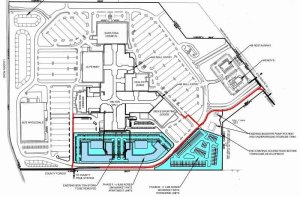
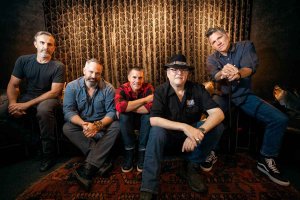
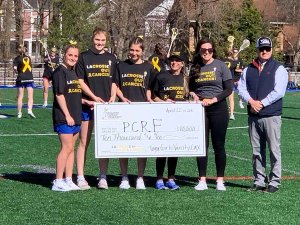

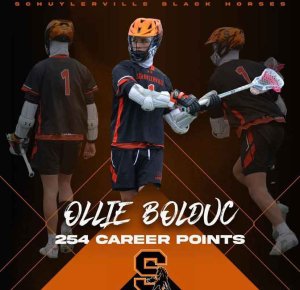
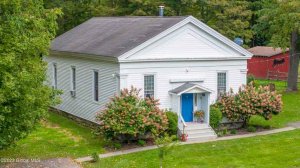
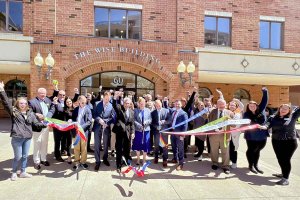
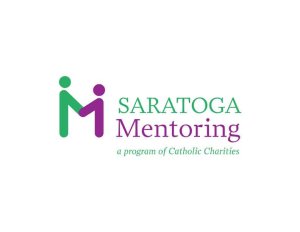

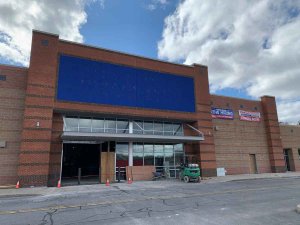
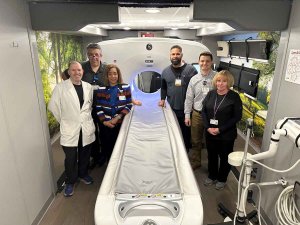
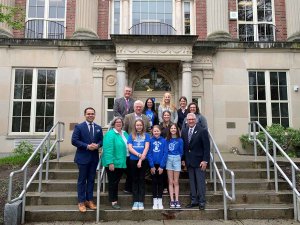







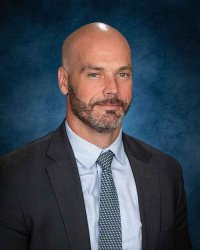

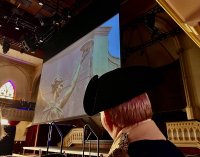
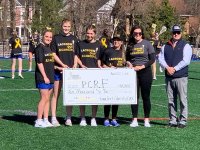

 How to resolve AdBlock issue?
How to resolve AdBlock issue? 









